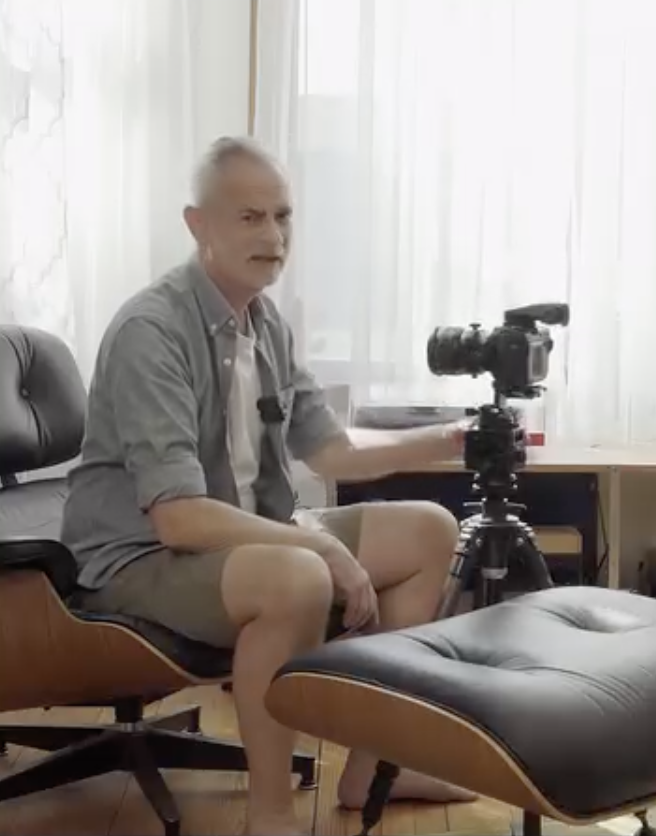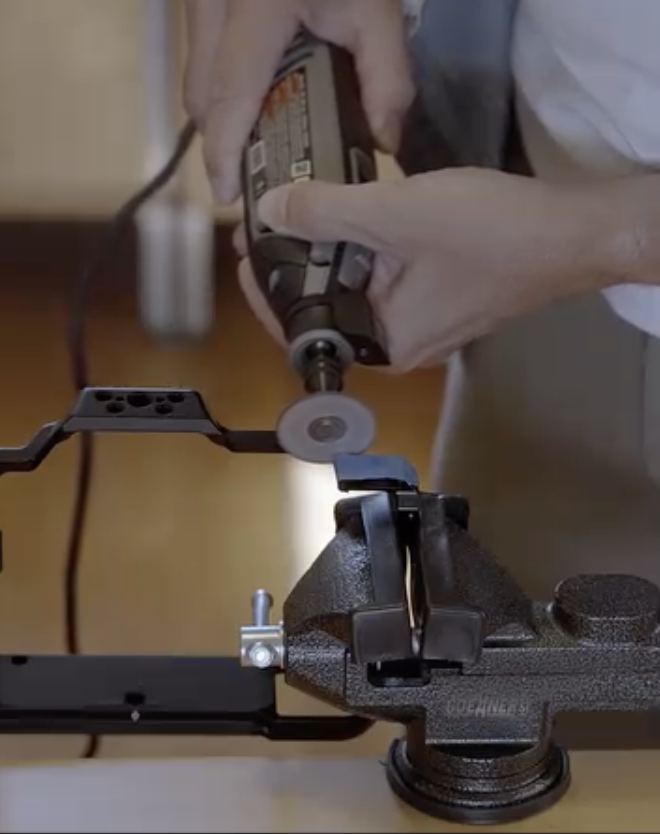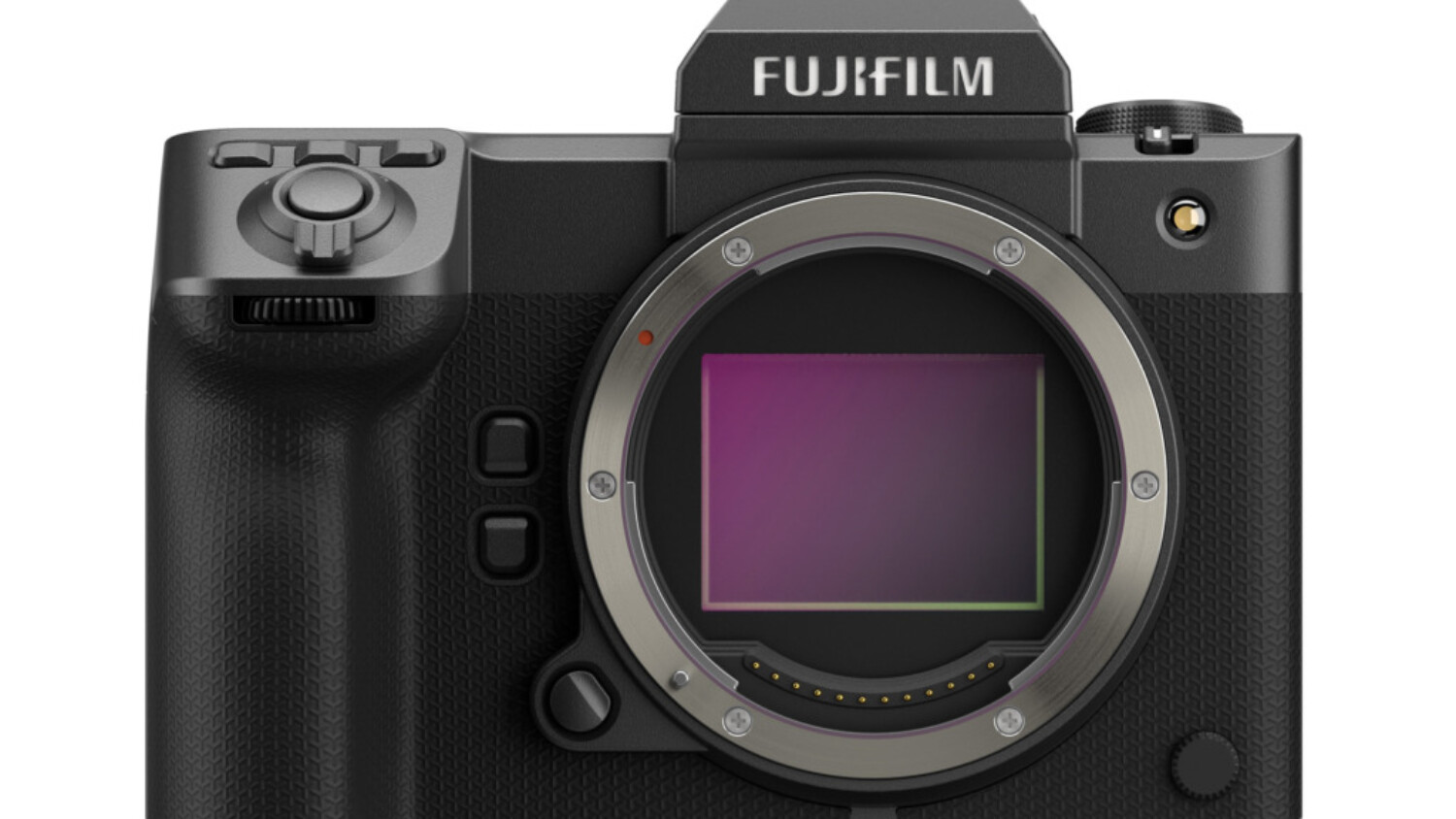Christopher Barrett demonstrates how an architectural photographer can creatively use a Dremel tool
The introduction of the affordable Fujifilm GFX 100S has made high-resolution medium-format sensors much more popular among architectural photographers. Many love this camera (though there are critics, too) and are searching for the best accessories to improve tripod-based photography. Christopher Barrett has created an intriguing video demonstrating how he arrived at an excellent solution for quickly adjusting the frame and working with a tethering cable.
Christopher Barrett doesn’t hide his love for the technical side of photography. On his website, you can see a beautifully designed studio he has set up, as well as an impressive darkroom.
Growing up with a strong interest in the arts and literature, I was always intrigued with image-making. Photography lured me from painting early in my career… I think it was the gadgets—photographers need lots of gadgets.
Christopher Barrett
An L-bracket is an essential tool for any architectural photographer. However, anyone shooting with a tethering cable knows how tricky it can be to mount the camera in a vertical position with the cable attached. There are various solutions for this issue, but switching the camera from landscape to portrait orientation often requires removing the camera from the tripod, which can be inconvenient.
Smallrig offers rotating mounts that hold the camera by the lens, allowing for quick frame changes. However, this solution has its drawbacks as well. For more details be sure to check out Christopher Barrett’s video on Instagram!



Christopher Barrett always strives for perfection and seeks the best solutions. Unsatisfied with off-the-shelf products, in his video he demonstrates how he found a way to: quickly switch from landscape to portrait orientation, work securely and easily with a connected tethering cable, and make use of the EVF tilt viewfinder.
